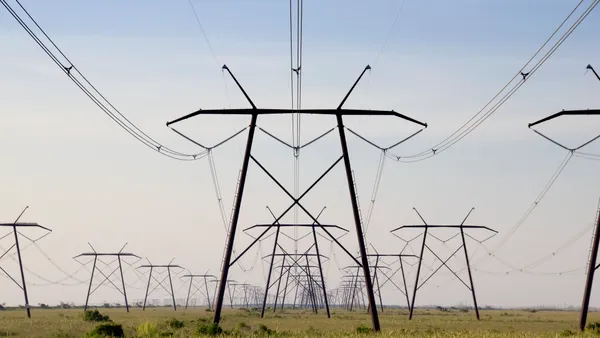Net zero energy goals are perceived by many cities and states as the pathway to achieve carbon reduction targets. In many parts of the country, however, these efforts have the potential to lock buildings into high winter energy demands on the grid, with an associated increase in seasonal carbon emissions.
The issue being missed by many codes is that the current accounting of ‘net zero’ assumes the grid acts as ‘bank’ for local energy production. They do not sufficiently break down building energy use into the two distinct peak use categories – daily and seasonal – which require building designers and code councils to incentivize very different design approaches.
Why the Grid is not a Bank
Understanding that the grid is not a bank is key to recognizing that current ‘net zero’ accounting could lead to suboptimal building design outcomes. Buildings are being incentivized to include on-site renewable generation, but their arrays are not being sized according to their winter peak load, but rather as if the grid was functioning as a credit system that stores energy for later use. The reality is that the grid does not have the capacity to store all excess energy generated in summer, so buildings employing this ‘fuzzy math’ still require that the grid supply their winter deficit. Unfortunately, this winter energy is more likely to be generated using fossil fuel sources and therefore buildings designed in this manner are still responsible for the higher carbon emissions generated by non-renewable energy sources.

Figure 1. Illustration by Bronwyn Barry, 'California's All Renewable Energy Future,' published in: http://lowcarbonproductions.net/phca-2016-flipbook/index.html
What’s the Solution to The Winter Problem?
What if, instead of net zero codes, we have a better way of mitigating winter demand? One potential avenue is to tackle the issue on the customer side, by actively minimizing the building’s winter heating demand (or heating load). As has been a key focus of the Passive House Institute, focusing on the building’s thermal envelope is an effective way to maintain year-long comfortable indoor temperatures in low-energy buildings. This is accomplished by perfectly insulating and preventing the entire building envelope from air leakages. By driving building designers to drastically reduce the load that is hardest to meet with renewable energy sources, we would be targeting the seasonal peak problem at its source.
Alternatively, if utilities are to forge a new business model in a world of independent generation and grid option diversification, they have two business models to explore:
-
Seasonal use pricing structures where winter demand pricing is increased, and
-
Exploration and investment into seasonal renewable energy storage technologies.
Currently, heightened interest around short-term batteries such as the Powerwall may be taking the focus away from developing a more grid-friendly seasonal storage capacity that will be needed if we are to ride out longer periods of time when replenishing batteries is not feasible. Nevertheless, as a medium- to long-term solution, this approach deserves consideration.
Conclusion
In light of these potential solutions and their market timing, a pragmatic intermediary step may be to ensure that utility incentive programs heavily favor buildings with extremely low winter heating demand numbers. These designs will most certainly reduce carbon emissions outputs and will simultaneously be able to optimize the use of short-term battery storage.
The North American Passive House Network 2017 Conference and Expo will focus on the nexus of energy efficiency, renewable generation and storage.










